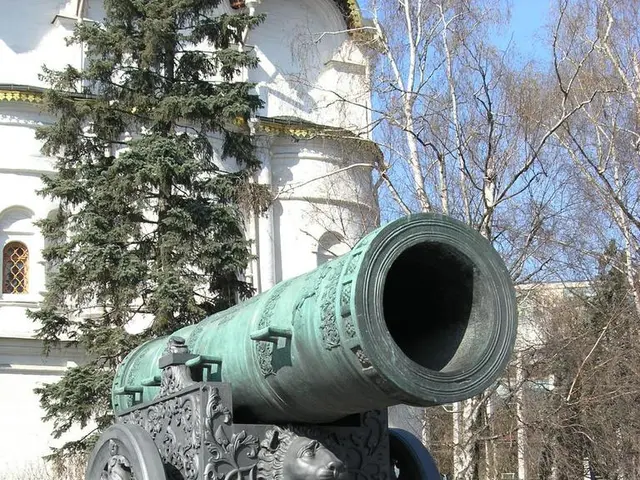Carlsbad Caverns National Park was officially founded on May 14, 1930.
In the heart of the United States lies Carlsbad Caverns, an enchanting subterranean marvel that wasn't bestowed national park status overnight. Its journey to national recognition was marked by discovery, exploration, advocacy, and government action over several decades.
Though Native American tribes may have known about the caverns for centuries, it was not until the late 1800s that modern settlers began to delve into their depths. Jim White, a young cowboy, played a pivotal role in the caverns' modern history. In the early 1900s, he stumbled upon the caves' entrance after noticing a strange cloud of bats emerging from the ground.
Fascinated by his discovery, White embarked on an exploration of the cave system with little more than a lantern and handmade ladders. Recognizing the caves' breathtaking beauty and vastness, he dedicated his life to promoting and safeguarding them. He even offered public tours and captured photos to raise awareness of the caves' significance.
White's efforts, coupled with the striking photographs taken by Ray V. Davis (later featured in a National Geographic article), drew national attention. These visuals highlighted the caves' immense size and unique formations, piquing the interest of geologists, explorers, and the general public alike.
In response to this growing fascination, a team of scientists conducted official surveys in the early 1920s, confirming the caves' geological importance.
On October 25, 1923, President Calvin Coolidge designated Carlsbad Caverns as a National Monument, providing initial protection and allowing for the development of tourism infrastructure. The National Park Service took over management, and guided tours, trails, and lighting systems were introduced.
After several years of increased visitation and recognition, Congress passed legislation to elevate the site to national park status. On May 14, 1930, President Herbert Hoover signed a bill establishing Carlsbad Caverns National Park, formally recognizing it as a national treasure of great importance.
The transformation of Carlsbad Caverns into a national park was the result of a combination of natural splendor, grassroots advocacy, scientific validation, and government action. From the adventurous spirit of Jim White to the support of presidents and scientists, its journey mirrors the broader American effort to safeguard and cherish the country's most extraordinary landscapes.
- The natural beauty of Carlsbad Caverns, with its breathtaking formations and immense size, prompted explorers like Jim White to delve deeper into its depths.
- In the early 1900s, Jim White, a young cowboy, began exploring the caves with just a lantern and handmade ladders.
- Recognizing the significance of Carlsbad Caverns, Jim White dedicated his life to promoting and safeguarding it, offering tours and capturing photographs to raise awareness.
- The striking photos taken by Ray V. Davis, later featured in a National Geographic article, drew national attention to the caves' unique beauty and vastness.
- In 1923, President Calvin Coolidge designated Carlsbad Caverns as a National Monument, providing initial protection and enabling the development of tourism infrastructure.
- After increased visitation and recognition, Congress passed legislation to elevate Carlsbad Caverns to national park status in 1930, under President Herbert Hoover.
- The transformation of Carlsbad Caverns into a national park was a result of natural splendor, grassroots advocacy, scientific validation, and government action.
- From the adventurous spirit of Jim White to the support of presidents and scientists, the journey of Carlsbad Caverns mirrors the broader American effort to safeguard and cherish the country's most extraordinary landscapes, promoting a lifestyle centered on travel and exploration.




